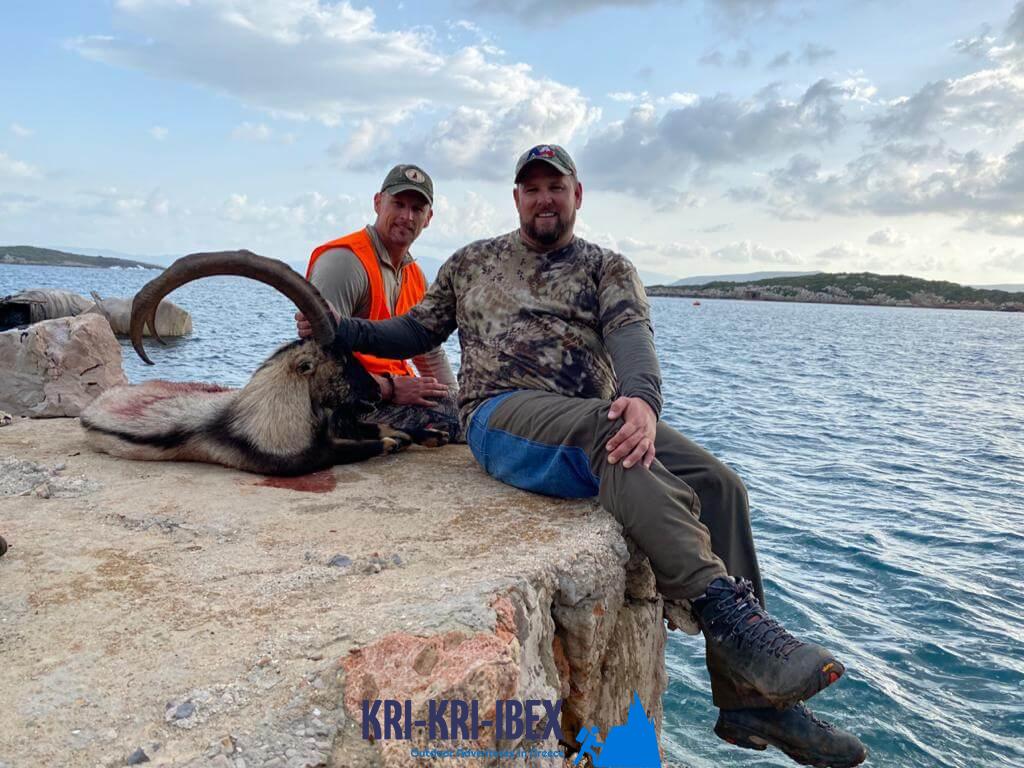Explore Sapientza island, the covert heaven of Kri Kri ibex in Greece
Explore Sapientza island, the covert heaven of Kri Kri ibex in Greece
Blog Article

Hunting for Kri Kri ibex in Greece is a terrific vacation experience. It is not constantly a challenging hunt or an unpleasant experience for the majority of hunters. You can experience old Greece, shipwrecks, and spearfishing throughout five days hunting for gorgeous Kri Kri ibex on an exotic island. Is there anything else you would certainly such as?

Greece is a beautiful country with a lot of possibilities for vacationers. There are sensational coastlines, old damages, and scrumptious food to delight in. Furthermore, there are lots of tasks offered such as walking, winter sports, as well as cycling. Greece is the ideal destination for any individual searching for a vacation loaded with experience and exhilaration.
The first thing you will see when you show up in the Peloponnese peninsula is the stunningly lovely landscape. The hills, lakes, rivers, and also forests make this area a nature enthusiast's paradise. There are likewise plenty of opportunities for hiking, angling, swimming, and also other exterior activities. The Peloponnese peninsula is not just about its natural beauty; there are additionally various historic as well as cultural sites to check out. Do not neglect also angling, free-diving and also hunting. A few of the most preferred traveler destinations in the Peloponnese consist of old Olympia, Epidaurus, Mycenae, as well as Sparta. These locations offer a fascinating peek into Greece's abundant history and culture. If you are interested in finding out more regarding Greek folklore, then you will most definitely want to visit Mount Olympus, home of the 12 Olympian gods. Certainly, no journey to Greece would be full without trying several of the scrumptious food. The Peloponnese peninsula is house to several of the most effective olive oil worldwide along with feta cheese, olives, honey, as well as a glass of wine. Ensure to attempt several of the neighborhood specializeds such as dolma (stuffed grape leaves), Souvlaki (grilled meat skewers), as well as Gyro (meat wrapped in pita bread).
There is truly something for everyone in the Peloponnese peninsula. Whether you have an interest in history as well as culture or nature as well as exterior tasks, this is a suitable destination for your next getaway. If you are short in a timely manner, our hunting and visiting Peloponnese Tours from Methoni is a fantastic method to see everything this impressive area has to offer.And lastly, your Kri Kri ibex trophy is waiting for you.
What is the diference between Kri Kri ibex, Bezoar ibex and hybrid ibex
The kri-kri is not thought to be indigenous to Crete, most likely having been imported to the island during the time of the Minoan civilization. Nevertheless, it is found nowhere else and is therefore endemic to Crete. It was common throughout the Aegean but the peaks of the 8,000 ft (2,400 m) White Mountains of Western Crete are their last strongholds–particularly a series of almost vertical 3,000 ft (900 m) cliffs called ‘the Untrodden’—at the head of the Samaria Gorge. This mountain range, which hosts another 14 endemic animal species, is protected as a UNESCO Biosphere Reserve. In total, their range extends to the White Mountains, the Samaria National Forest and the islets of Dia, Thodorou, and Agii Pandes.
This Ibex is NOT a diminutive form of the Bezoar Ibex, which has migrated into the western-most reach of the range of this species. The kri – kri (Capra aegagrus cretica), sometimes called the Cretan goat, Agrimi, or Cretan Ibex, is a feral goat inhabiting the Eastern Mediterranean, previously considered a subspecies of wild goat. The kri-kri has a light brownish coat with a darker band around its neck. It has two horns that sweep back from the head. In the wild they are shy and avoid tourists, resting during the day. The animal can leap some distance or climb seemingly sheer cliffs.
“The agrimi goat Capra aegagrus cretica is unique to Crete and its offshore islands. It has been identi®ed as a sub-species of the wild bezoar goat Capra aegagrus aegagrus Erxleben, 1777, which it closely resembles in horn shape, body form and coloration. This classi®cation has been disputed by some researchers who claim that the agrimi are feral goats, derived from early domestic stock brought to the island by the ®rst Neolithic settlers. In order to clarify this issue, DNA analyses (cytochrome b and D loop sequences) were carried out on tissue of live and skeletonized agrimi and compared to sequences of wild and domestic caprines. Results conclusively show the agrimi to be a feral animal, that clades with domestic goats (Capra hircus) rather than with wild Asiatic bezoar. This study demonstrates that morphometric criteria do not necessarily re¯ect genetic af®nities, and that the taxonomic classi®cation of agrimi should be revised.”
Report this page